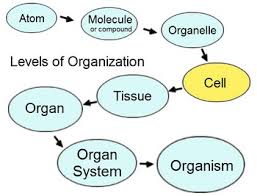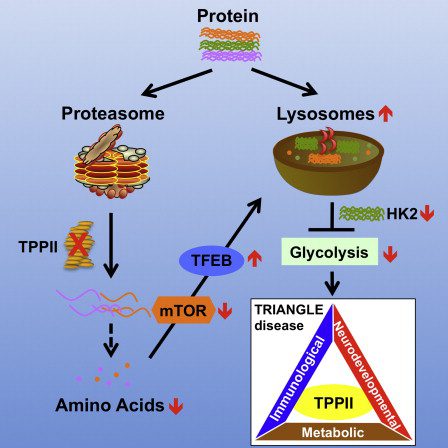Can veterans and other prisoners escape pseudoscience?

Combating Evolution to Fight Disease “…an important gap is being filled by molecular understanding of the genesis of variation that confers the ability to evolve.” Inside the drive to collect DNA from 1 million veterans and revolutionize medicine Excerpt 1) The U.S. Department of Veterans Affairs is gathering blood from 1 million veterans to sequence … Can veterans and other prisoners escape pseudoscience?




